What are warts?
Scar
A scar is the body's natural way of healing and replacing lost or damaged skin. A scar is usually composed of fibrous tissue. Scars may be formed for many different reasons, including as a result of infections, surgery, injuries, or inflammation of tissue. Scars may appear anywhere on the body, and the composition of a scar may vary. A scar may appear flat, lumpy, sunken, or colored. It may be painful or itchy. The final look of a scar depends on many factors, including the skin type and location on the body, the direction of the wound, the type of injury, age of the person with the scar, and his or her nutritional status.
Home » By concern » Scar
How can a scar be minimized?
Specific dermatological procedures to minimize scars will be determined by your healthcare provider based on
Scars usually fade over time. Makeup can help cover the scar while it is healing. Some scars can be minimized by certain dermatological techniques. However, treatment can only improve the appearance of a scar; it cannot completely erase it.

Your age, overall health, and medical history

Severity and symptoms of the scar
Type and location of the scar

Expectations for the course of the condition

Your tolerance for specific medications, procedures, or therapies

Your opinion or preference
The following are some of the more common scar-minimizing procedures:
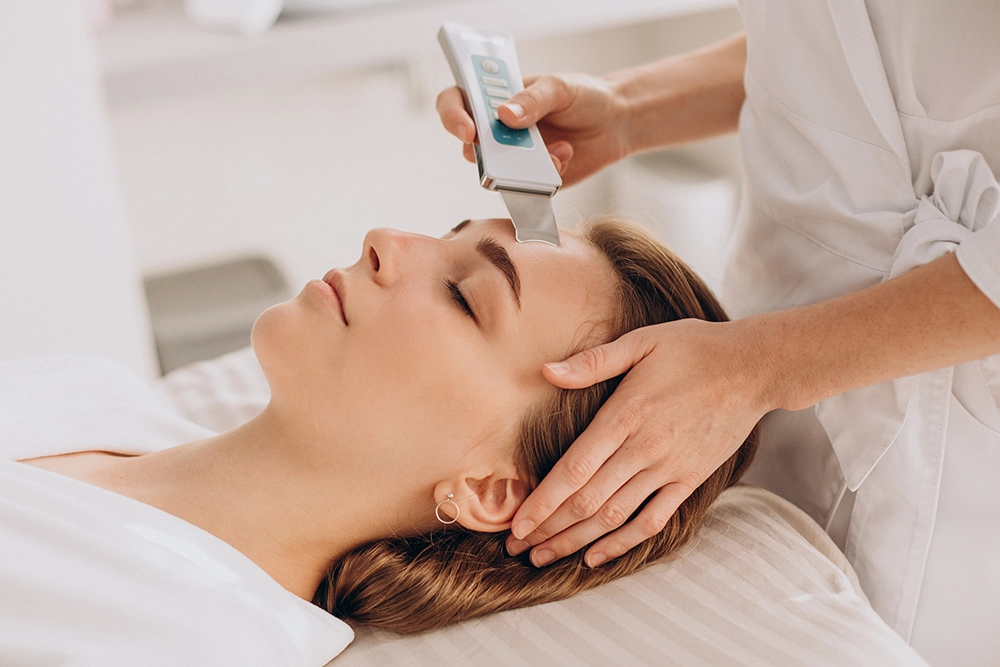
Dermabrasion
Dermabrasion is used to reduce small scars, skin irregularities, surgical scars, and acne scars. It removes the top layers of skin with an electrical device. As the skin heals, the surface becomes smoother and fresher.
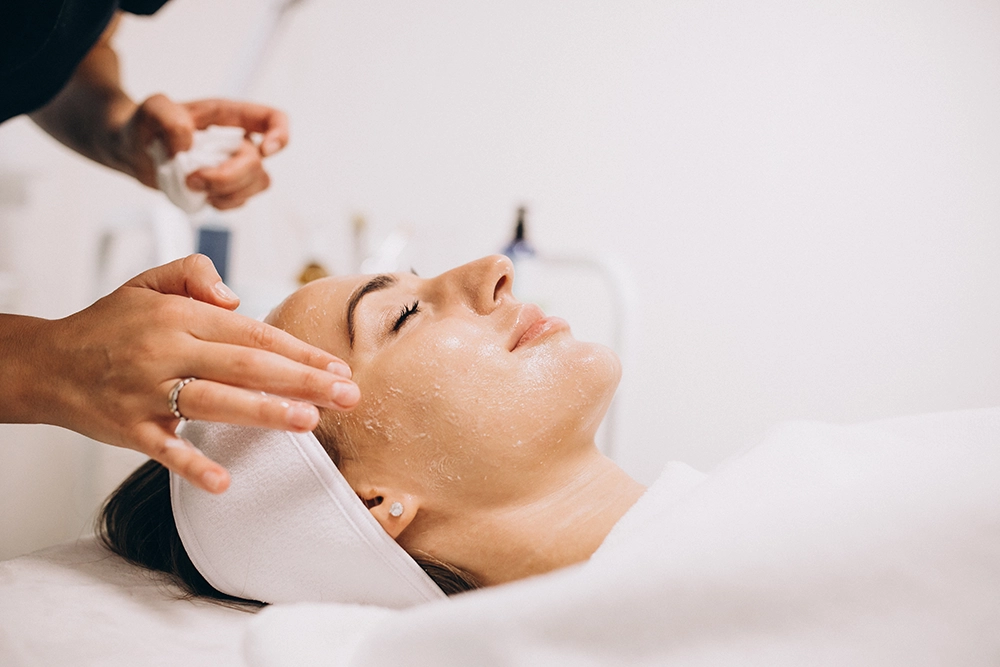
Chemical peels
Chemical peels help reduce sun damage, uneven pigmentation, and superficial scars. A chemical is applied to remove the top skin layer, allowing the skin to regenerate and improve its appearance.
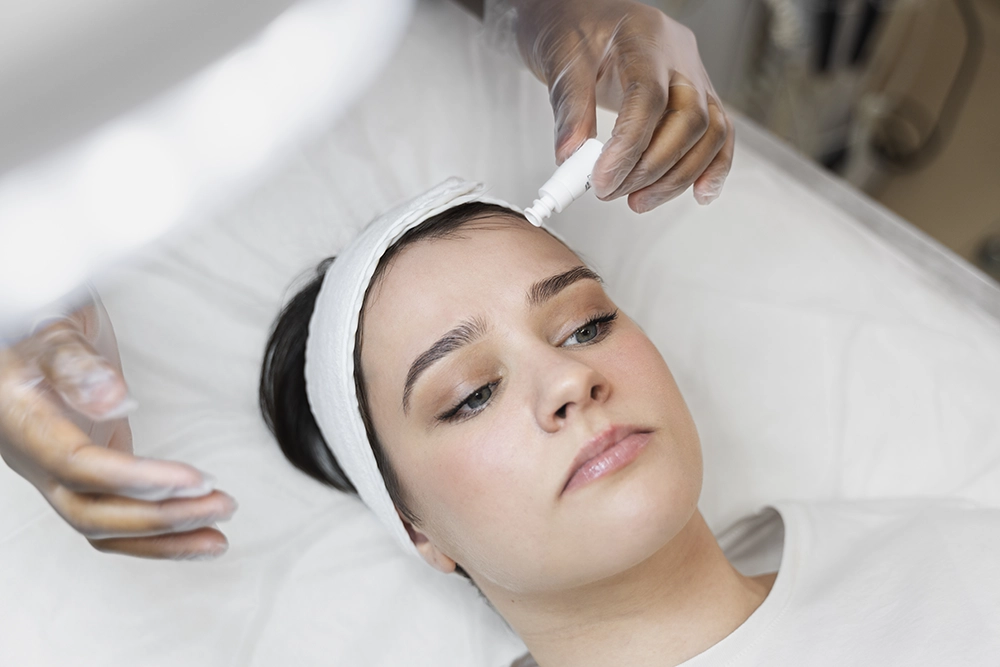
Collagen injections
Purified cow collagen is injected beneath the skin to replace the body’s lost natural collagen. This treatment is commonly used for wrinkles, scars, and facial lines. Other injectable materials are also available for similar purposes.
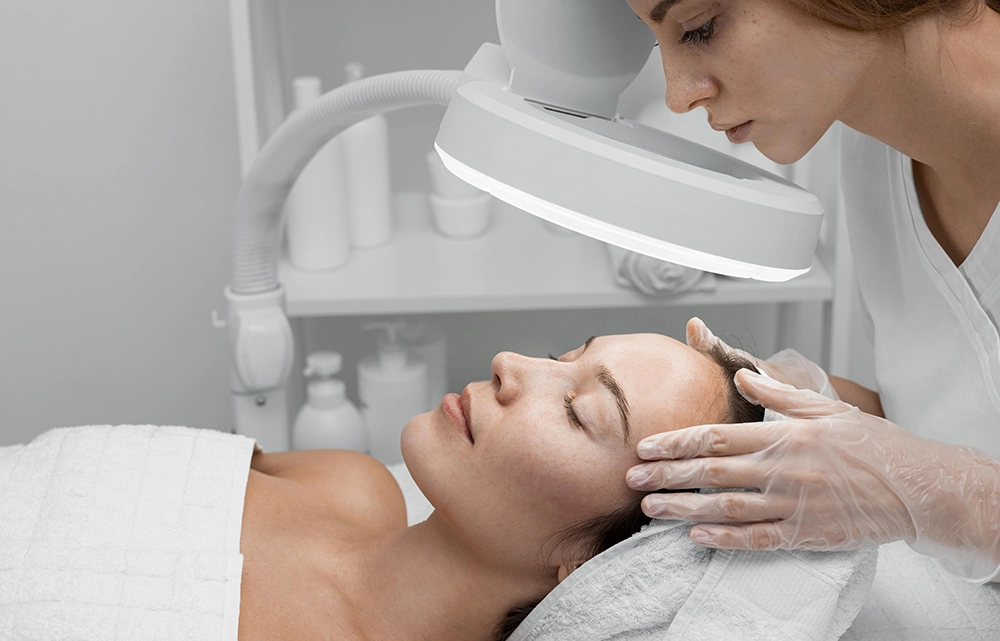
Punch Grafts
Punch grafts are small skin grafts to replace scarred skin. A hole is punched in the skin to remove the scar. Then the scar is replaced with unscarred skin (often from the back of the earlobe). Punch grafts can help treat deep acne scars.
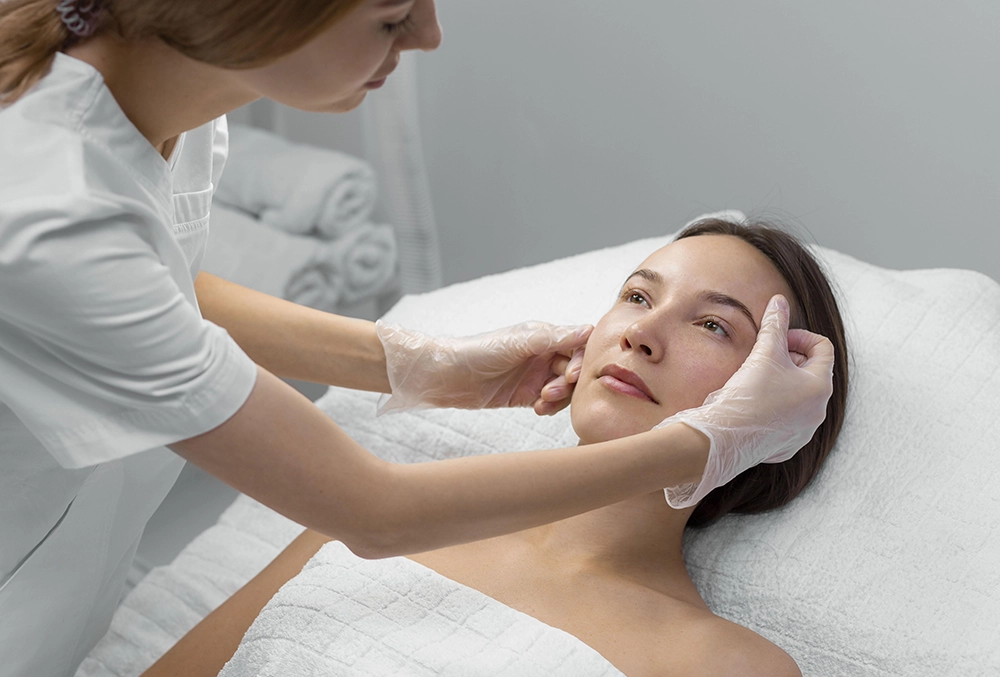
Surgical scar revision
Surgical scar revision involves removing the scar and rejoining the skin, with the goal of creating a less noticeable scar. It's typically done on wide, long, or unusually healed scars, or those in highly visible areas. A new scar will form after the procedure.

Cortisone injections
These types of injections can help soften and then shrink hard scars. Keloids and hypertrophic scars often soften after intralesional steroid injections.

Laser resurfacing
Laser resurfacing uses high-energy light to burn away damaged skin. Laser resurfacing may be used to minimize wrinkles and refine hypertrophic scars.

Cryosurgery
Cryosurgery can help reduce the size of scars by freezing the top skin layers. The freezing causes the skin to blister.
Radiance Skin Clinic
Testimonials

Fantastic experience having a mole removed at Radiance!! Completely painless and done in 5 minutes. The doctor and staff are so friendly and welcoming. Highly recommend 😊
Ruby

Dr. Kitisak is very good and professional. I’m very satisfied with the result of getting treatment here. My face is beautiful and glowing. Highly recommended. Nice, clean, and convenient location of the clinic.
ohdelanna

Very good clinic. My husband and I only go to Dr. Kittisak. He is an excellent specialist and quickly helps solve any problem. The prices at the clinic are also very reasonable and low compared to other clinics.
Emilia Krutilina

I have a very sensitive skin condition, been trying numbers of clinic and treatments. Finally I found Radiance, hit the point, fix the issue. Now I’m ready to do selfie without application.
Jakapong Prachuabmoh
Make an appointment
Lorem Ipsum is simply dummy text of the printing and typesetting industry. Lorem Ipsum has been the industry’s standard dummy




